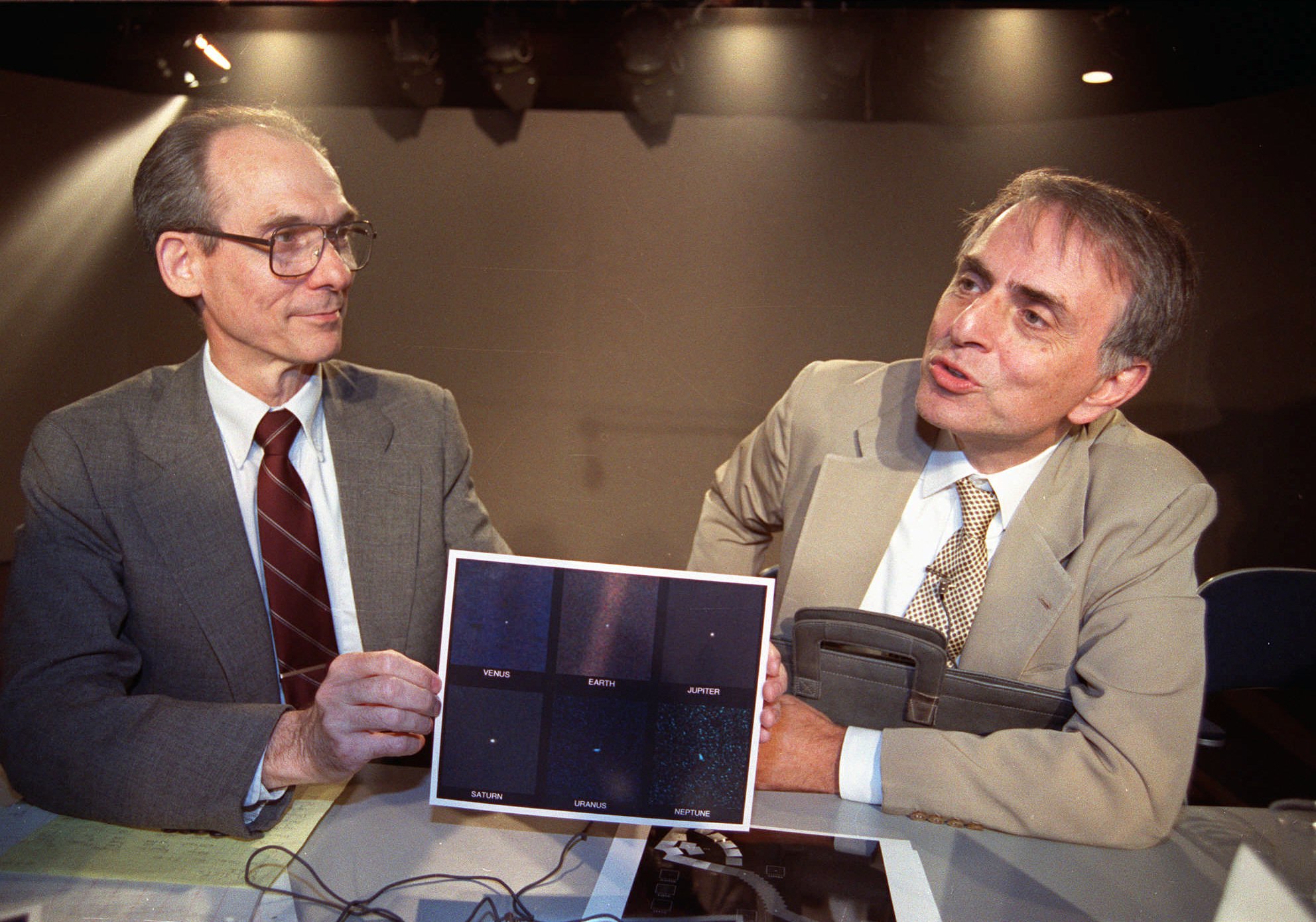
Every now and again I am reminded that although the possibilities of new technology are endless, the advances can come at the expense of the documentation of our past. In our digital age, history evaporates quickly.
Yesterday, for example, I needed a picture of the Julia Swain, the rear-wheeler that made its way under the Lafayette Bridge in St. Paul during the Grand Excursion of 2004. Fortunately, MPR News covered the event and took pictures.
Back then we used small “thumbnails” that, if you clicked, would reveal a larger, more glorious picture and slideshow.
Those don’t work anymore. The slideshow used a php script full of references to servers long gone. We don’t support the php scripts anymore.
A few weeks ago, an interviewee in one of NewsCut’s first posts in 2007 contacted me, asking if the audio if I’d posted online then could somehow be made useful now. It was in the RealAudio format, a technology we used right into this century, but which is now relatively useless for most people.
I wrote — because we put our pages on MPRNews.org together by hand back then — many features with Flash. Flash is no longer supported.
The Wellstone crash, 9/11, the Gore-Bush standoff, national convention coverage, the voluminous encyclopedia of Gov. Jesse Ventura coverage, Votetracker, which tracked every politician’s voting record in the Minnesota Legislature over several years, are pretty much gone now thanks to outdated technology. We’ve moved on in the present and abandoned the past because it’s hard enough to keep up with today.
I don’t do the NewsCut Quiz anymore because the script that powered it was written by someone who no longer works here and while it might have been spiffy in 2007, needed significant upgrades in 2017. Nobody could figure out the old script.
It’s like that all over the Internet. A rich digital history disappearing.
It’s also like that billions of miles from earth, where the little Voyager spacecraft, launched in the ’70s, continues to chug along in interstellar space. It’s outpaced our ability to care about the science of space.
If it ever should find signs of intelligent life, there might not be anybody on earth that would be able to decipher its message.
The New York Times Magazine this week carries the fascinating story about the very few people left who monitor its progress. They’re the loyal engineers of NASA, once young, now aged.
It’s no coincidence, I suspect, that in the accompanying photographs, not one can crack a smile, which we ought to be able to do at the end of our working years, particularly if we redefined our sense of place in the galaxy.

“When we started this, I realized we were on a mission of discovery,’’ said science team leader Ed Stone. ‘‘I just had no idea how much discovery there was going to be. And I certainly had no idea that it would last as long as it has.’’
‘‘If one could ever find some evidence of [microbial life] here in the solar system where we could get a sample, then one could look at the DNA. All life on Earth has a related DNA. Is that true for everywhere? Either answer would be amazing. Either there’s only one way that life evolves, or no, there’s more than one way.’’
Stone is 81 now. He’s not likely to live long enough to get the answer to the question he’s been pursuing. Neither am I. Nor are you, nor your children.
Science is like that. You accept that you push the accumulation of knowledge a bit, then hand it off to the next generation. A life’s work incomplete, but contributing to a greater good later. That’s selflessness, which is why science isn’t for everybody.
That works well unless you’re NASA, and the next generation of young engineers and the country that was once inspired by the possibilities isn’t that interested.
The remaining engineers work in small cubicles in California. They had to buy a used microfiche reader on EBay just to read old diagnostic reports.
Their little spacecraft is powered by their brains. They figured out, for example, that spinning the wheels on an eight-track tape recorder — the storage system aboard — can generate enough heat to keep a component working for the daily data dump back to earth.
That system can only store 4 kilobytes of data. That’s roughly the size of all the text in this blog post to this point. The receiving antenna on earth doesn’t allot enough time to Voyager, so the extra data is simply lost to the galaxy.
Last year, the flight team’s most senior leader gave his six-month notice and spent the time training his successor. Only one of the other engineers is under 50. None of them has a replacement.
